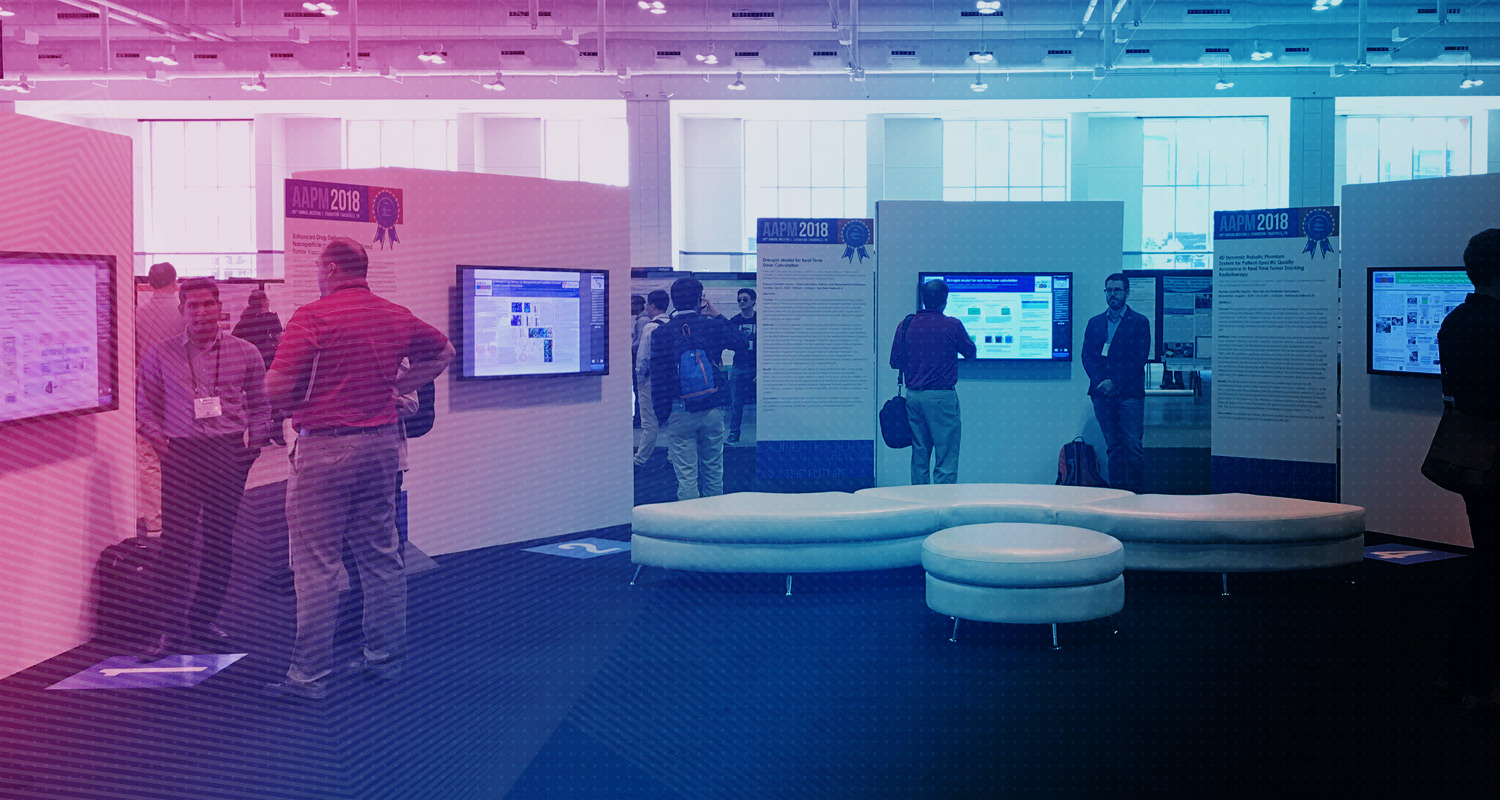
Alexa. Siri. Cortana. Bixby. More and more Americans are calling on these savvy assistants to help with everything from playing a song to reciting the weather forecast to keeping them informed of the latest news. According to Gartner, by 2020, the average person will have more conversations with bots than their spouses.
It only serves to reason that it’s only a matter of time until conference attendees will regularly look to smart speakers/voice-activated chatbots to help them navigate exhibit halls and educational sessions.
That time is already here for one of our innovative association clients, The American Speech-Language Hearing Association (ASHA). ASHA recently became one of the first associations to use voice-assisted chatbot technology at a live, in-person event, debuting ASHA-bot at its Connect conferences in Baltimore, MD this past July.
Innovation for mission’s sake
It’s no surprise that ASHA is on the leading-edge given the association’s culture of innovation, which encourages experimentation and embracing some risk. But placing chatbots around its event wasn’t all about experimentation; ASHA considers technology to be a tool for accessibility. With a mission that promotes communication as a human right, providing attendees another way to seek and gather information demonstrates the association’s commitment to cultivating an environment that does just that.
But, for new technology to be effective, it must be part of an overarching strategy. Organizations and organizers must know attendees and understand how they consume information.
“Communication comes in many forms, and our members arrive to our meetings with different preferences,” said Ellen Shortill, director, convention and meetings for ASHA. “As technology evolves, we will continue to find new ways (along with the old) to meet those members where they are, and deliver information in ways most useful to them – while keeping the main focus on human connection.”
Augmenting, connecting and improving the attendee experience
More important than its organizational desire to experiment, ASHA is committed to its members, and was looking for additional ways to assist attendees; in this case, by keeping lines down and giving members an additional resource to provide basic event information. Armed with an understanding of ASHA’s members’ habits and needs, one of the association’s internal software developers, Brad Hankinson, experimented, and ultimately programmed the bot to address specific questions/requests, such as:
- “Recommend a session”
- “Recommend a talk”
- “Find sessions about [Dysphagia]”
- “Find presenter [Presenter Name]”
- “Where is exhibit [Exhibit Name]?”
- “Where is booth [Exhibit Name]?”
- “Who has material on [Apraxia]?”
- “Tell me something about ASHA”
- “How many credits can I earn at Connect?”
- “Where is Lost and Found?”
- “Where can I leave feedback?”
But it didn’t stop with a static list of questions and requests. The team wanted to make the experience as natural as possible for those attendees who interacted with ASHA-bot.
“We wanted to keep the technology as ‘human’ as possible,” said Hankinson. “To do so, we built things into the bot that mimic human behavior, such as humor and manners. For example, we learned through development and testing that most people say ‘Thanks, Alexa’ when they have the information they were looking for. To address this, we programmed the device to turn off when someone says ‘thanks’ or ‘thank you.’”
The ASHA-bot speaker was set up near the main Exhibits and Registration, where attendees typically look for information, and was labeled accordingly, with instructions for use (including a list of questions the technology was capable of answering).
While they found that attendees tended to ignore the instructions, it’s clear the technology was a win for both attendees and exhibitors. For example, when they learned that one exhibitor’s name wasn’t coming up in the search, they quickly tweaked the programming to address the issue. The exhibitor was thrilled.
Looking ahead
The technology was such a hit as a small pilot that ASHA has plans to expand its use for the association’s upcoming convention in November in Boston (which is ten times the size of the July event!). In addition to planning some fun things with the technology throughout the event, the team will address lessons learned from the pilot. For example, they will be posting more instructions to help people use the technology effectively, bringing in more volunteers to direct people and identifying more ideal locations to place the device in order to reduce background noise.
For ASHA, this technology is just getting its wings. There are plenty of creative and innovative ways to use chatbot – as well as other – technology to drive richer, more interactive and customized experiences for event attendees. The most important criteria are a willingness to experiment and an understanding of your audience, and what will create the best experience possible.
